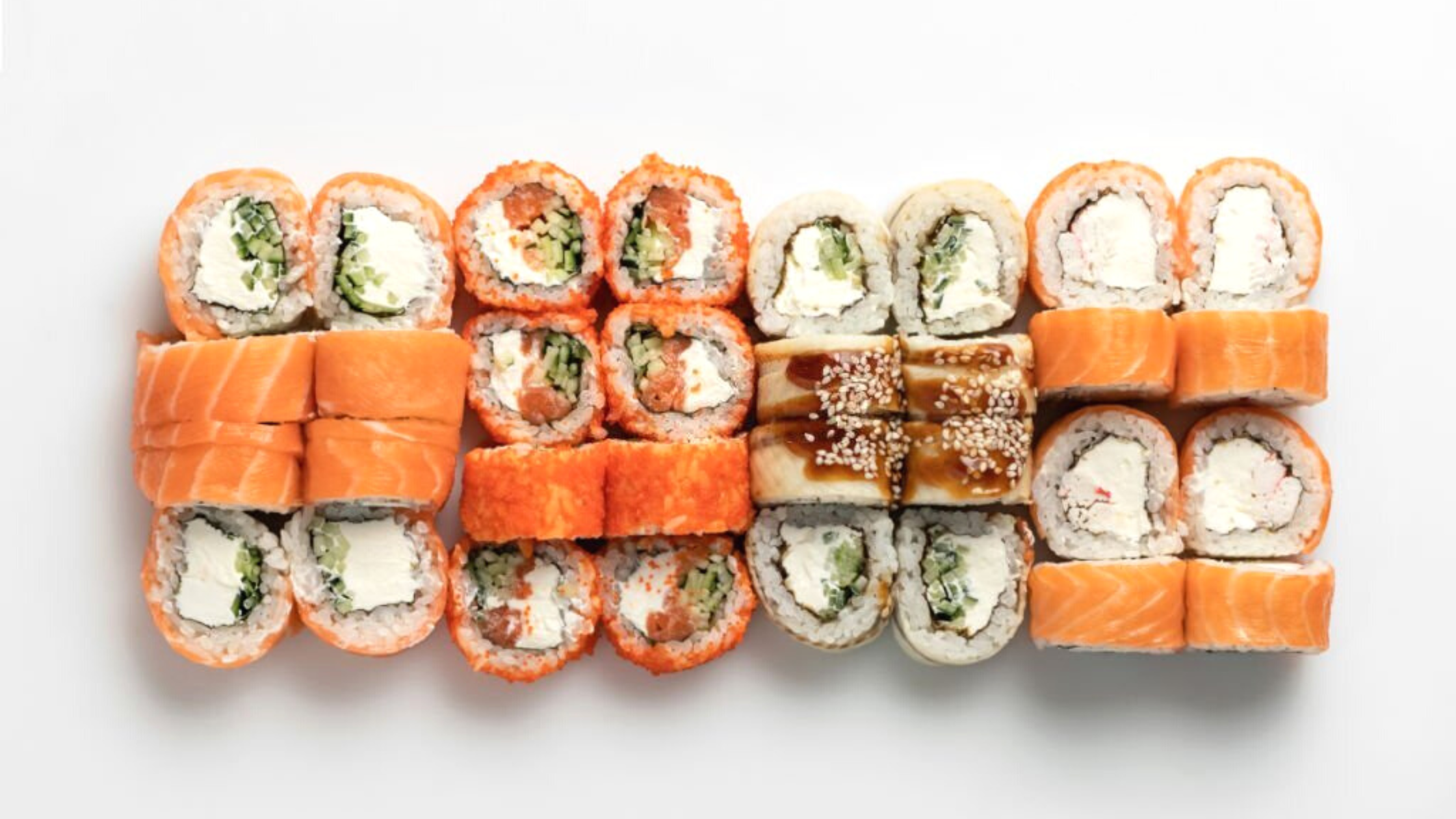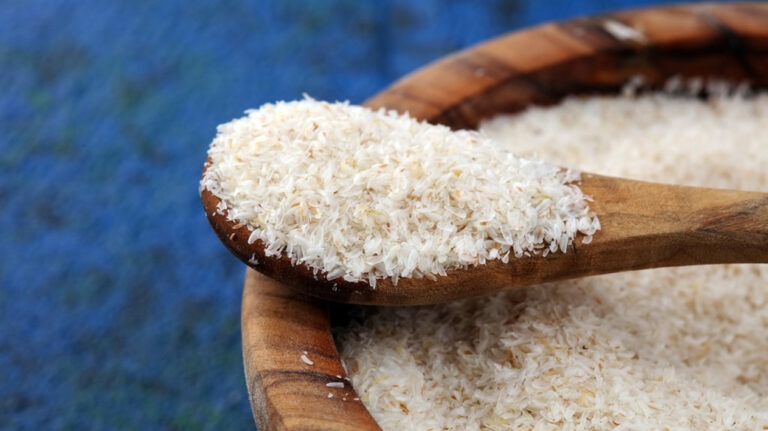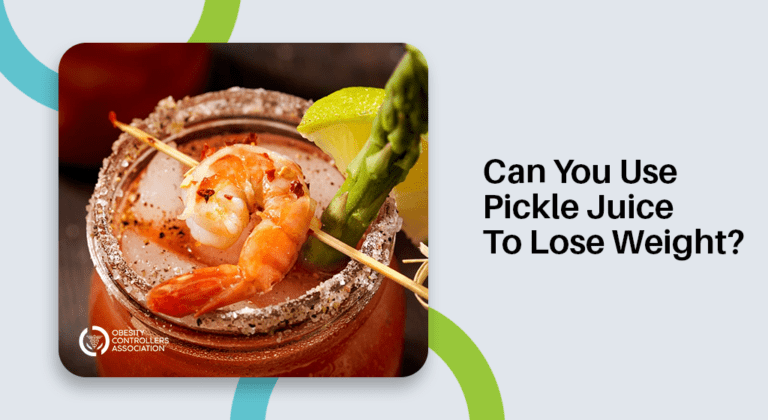Is Sushi Good For Weight Loss? And It’s Types!

In general, people consider sushi to be a meal that is beneficial to weight reduction. Because it has the right proportion of protein, carbs, and fats, sushi is an excellent choice for a diet focused on maintaining a healthy balance.
Sushi: The Meal For Weight Lose!
However, because a sizable portion of sushi rice is included in each meal, it may be tempting to consume excessive carbs. Specific alternatives, such as otoro and unagi, have more fat than others, but some do not contain any fat.

In this article, we will investigate the calorie content of each sushi item and see how much we may consume. Along the way, we will also discuss some suggestions for weight loss, as well as ways in which you may continue to enjoy those favorite sushi meals without feeling any remorse.
Things To Consider Before Buying Sushi
- To Get Started, Make Sure You Choose The Appropriate Protein
Even if a given kind of fish has a high-fat percentage, it is still regarded as a healthy and lean source of protein. Omega-3 fatty acids may be beneficial for the health of your heart because of their ability to lower the chance of developing cardiovascular disease. You may have sushi made with various fish, such as salmon, mackerel, or trout. However, large fish such as tuna may be hazardous to one’s health due to their high mercury levels.
- Change Up Your Options
People tend to order sushi made with the same kind of fish time and time again. Alternating the foods you eat may help you get the most out of the nutrients you take. Minerals, vitamins, and fatty acids found in fish and vegetables vary widely depending on the kind of fish and vegetable. If your sushi has a wide variety of fish and other components, this increases the likelihood that it will provide you with a comprehensive range of nutritional benefits.
- Maintain Vigilance Regarding The Add-Ons
There is a possibility that the ginger or wasabi that you put on your sushi may significantly alter its nutritional profile. This is because the ingredients mentioned above provide qualities that reduce inflammation and strengthen the immune system. Both tempura and cigarettes must be avoided like the plague. Tempura and other fried meals should also be avoided. They have unnecessary amounts of calories added to them, which would be a waste of both your time and your money.
Get More Info About Best Milk For Weight Loss – Which Milk Is Good For Health?
10 Different Categories Of Sushi:
Ranging From Common Varieties To Lesser-Known Types With Deep Historical Roots
1. Nigiri
Let’s begin with nigiri sushi, the most popular kind of sushi, so you can get an idea of the many available kinds of sushi. In addition to cooked seafood and vegetables, sushi may also be accompanied by uncooked ingredients like eggs and fish.

Although it is possible to get sushi of this kind that contains meat, it is not often prepared in this manner. Raw fish, most frequently salmon or tuna, is typically paired with it when served. It’s possible to get a more robust flavor from the fish by grilling or searing it.
2. Uramaki:
One such maki is called an uramaki, which translates to inside-out sushi. This is not your typical rolled sushi since the rice is on the outside, and the nori is folded around the contents instead of the other way around.

Because it was first created in Los Angeles, uramaki has grown to become the most well-known kind of sushi across the United States. If you have just recently become familiar with Japanese food, there is no chance that you have not already heard of the world-famous California roll.
3. Inarizushi
The kind of sushi known as inarizushi is not as well-known worldwide as other types of sushi, but it is trendy in Japanese cuisine.

Inarizushi is not like your typical maki or nigiri; instead, it consists of sushi rice encased in a bubble and topped with aburaage. Even though inarizushi is sweeter than other types of sushi, it is not considered a dessert in Japan.
4. Temarizushi
One more traditional kind of sushi is called Temari sushi. The term “hand ball” in Japanese refers to a form of a ball that is embroidered and is frequently used for children’s activities in the nation.

In Japanese, the word “Temari means “handball. On the other side, the Temari ball is not so much utilized for playing sports as it is for creating works of art. Temarizushi, like nigiri rice, is a variation of the meal that is smaller and more adorable.
5. Oshizushi
You probably already know this, but Japan is home to many distinct regional cuisines. Oshizushi is a kind of sushi that originated in Osaka and is also known as box sushi or pressed sushi.

Nigiri sushi is among the oldest forms of sushi and is a direct descendant of narezushi. It is named after the method used to preserve fish by securely packing it in boxes of fermented rice. Nigiri sushi is one of the most popular types of sushi today.
6. Sasazushi
After that, we will speak about something that you have most likely never encountered before, and that is Kazushi.

Local, traditional sushi hailing from the prefectures of Niigata and Nagano is traditionally presented on the bed of sushi rice but on a bamboo leaf, which doubles as the serving dish. This is another kind of sushi that makes use of the veggies that are available locally.
7. Narezushi
We’ve moved on to a category of sushi that isn’t nearly as well-known as the others.

Have you ever had narezushi, also known as soured sushi and often referred to be the “original sushi? It is common knowledge that consuming fermented foods has several positive impacts on the digestive system. Sushi is a fermented cuisine that started as a way to preserve fish by soaking it in rice that had been previously fermented.
8. Gunkan Maki
Then there’s the sushi roll known as Gunkan Maki, which is very well known and widely consumed.

And although it doesn’t seem like conventional makizushi, the meal is still covered with seaweed even though it looks completely different. Because of its shape, which translates to a battleship, it was named the battleship.
9. Akami
A significant number of sushi fans emphasize eating akami, also known as lean tuna meat, rather than the more fatty regions of the fish. Because it is composed entirely of lean flesh, high-quality kami will have the highest natural umami content of any tuna cut.

This is a demonstration of the exceptional quality of the fish. The akamai taken from the back of the fish has a texture favored for sushi creation because it is softer and more sensitive than the kami taken from the belly.
10. Toro
As with other types of fish, certain parts of the tuna will have a more significant amount of fat than others. Some sushi eaters prefer the luscious, rich toro, prepared from the more fatty sections of the tuna, rather than the kami, prepared from the more worn parts.

The fatty tuna is divided into two primary sections: the chutoro and the otoro, with the other being the fattiest. After just one bite of toro, you’ll realize why it’s considered to have a considerably more flavorful profile and a more substantial mouthfeel than lean tuna. Toro’s flavor and texture, described as melting in your mouth, will appeal to those who like foods high in butter and fat.
Conclusion
To keep everything in balance, sushi is a good option, which is beneficial for weight loss. Fattier options like otoro and unagi are available to those who want a higher fat content. Large fish like tuna may pose a health risk because of mercury levels. There are nine distinct types of sushi, some well-known and others with a rich history. Raw seafood, such as salmon and tuna, is often included when it is served. The popularity of inarizushi in the sushi community lags behind that of other varieties. Box sushi or pressed sushi, Oshizushi is a kind of sushi that originated in Osaka.
In the prefectures of Niigata & Nagano, traditional sushi is customarily served on a bamboo leaf rather than a bed of sushi rice. Akami, or lean tuna flesh, is a popular choice among sushi enthusiasts who prefer it to the more fatty parts of the fish. The greatest natural umami concentration may be found in Okami, the most expensive tuna cut. Those who like butter and fat will enjoy Toro’s flavor and texture.





